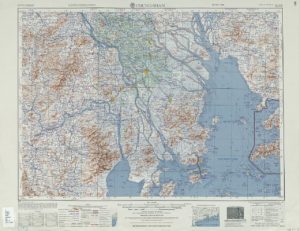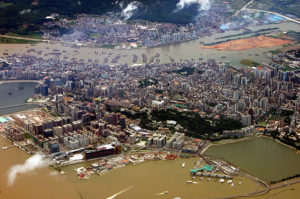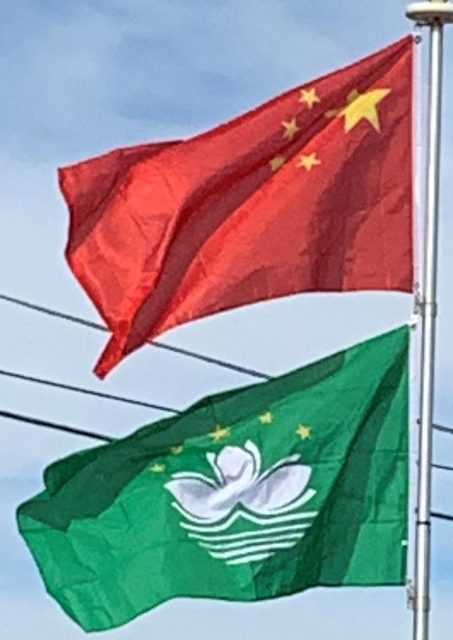
Refugees from mainland China swelled the population as they fled from the Chinese Civil War. Access to a large workforce enabled Macau’s economy to grow as the colony expanded its clothing and textiles manufacturing industry, developed tourism, and legalized casino gaming. However, at the height of the Cultural Revolution, residents dissatisfied with the colonial administration rioted in the 1966 12-3 incident, in which 8 people were killed and over 200 were injured. Portugal lost full control over the colony afterwards, and agreed to cooperate with the communist authorities in exchange for continued administration of Macau.
Following the 1974 Carnation Revolution, Portugal formally relinquished Macau as an overseas province and acknowledged it as a “Chinese territory under Portuguese administration.” After China first concluded arrangements on Hong Kong’s future with the United Kingdom, it entered negotiations with Portugal over Macau in 1986. They were concluded with the signing of the 1987 Joint Declaration on the Question of Macau, in which Portugal agreed to transfer the colony in 1999 and China would guarantee Macau’s political and economic systems for 50 years after the transfer. In the waning years of colonial rule, Macau rapidly urbanized and constructed large-scale infrastructure projects, including Macau International Airport and a new container port. Macau was transferred to China on 20 December 1999, after 442 years of Portuguese rule.
Following the transfer, Macau liberalized its casino industry (previously operating under a government-licensed monopoly) to allow foreign investors, starting a new period of economic development. The regional economy grew by a double-digit annual growth rate from 2002 to 2014, making Macau one of the richest economies in the world on a per capita basis. Political debates have centered on the region’s jurisdictional independence and the central government’s adherence of “one country, two systems”. While issues such as national security legislation have been controversial, Macanese residents have generally high levels of trust in the government.
In 2015, the borders of Macau were redrawn by the state council, shifting the land border north to the Canal dos Patos and expanding the maritime border significantly. The changes increased the size of Macau’s maritime territory by 85 square kilometers.
Geography:
Macau is on China’s southern coast, 60 km (37 mi) west of Hong Kong, on the western side of the Pearl River estuary. It is surrounded by the South China Sea in the east and south, and neighbors the Guangdong city of Zhuhai to the west and north. The territory consists of Macau Peninsula, Taipa, and Coloane. A 1 km2 (0.39 sq mi) parcel of land in neighbouring Hengqin island that hosts the University of Macau also falls under the regional government’s jurisdiction. The territory’s highest point is Coloane Alto, 170.6 metres (560 ft) above sea level.
Urban development is concentrated on peninsular Macau, where most of the population lives.

The peninsula was originally a separate island with hilly terrain, which gradually became a tombolo as a connecting sandbar formed over time. Both natural sedimentation and land reclamation expanded the area enough to support urban growth. Macau has tripled its land area in the last century, increasing from 10.28 km2 (3.97 sq mi) in the late 19th century to 32.9 km2 (12.7 sq mi) in 2018.
